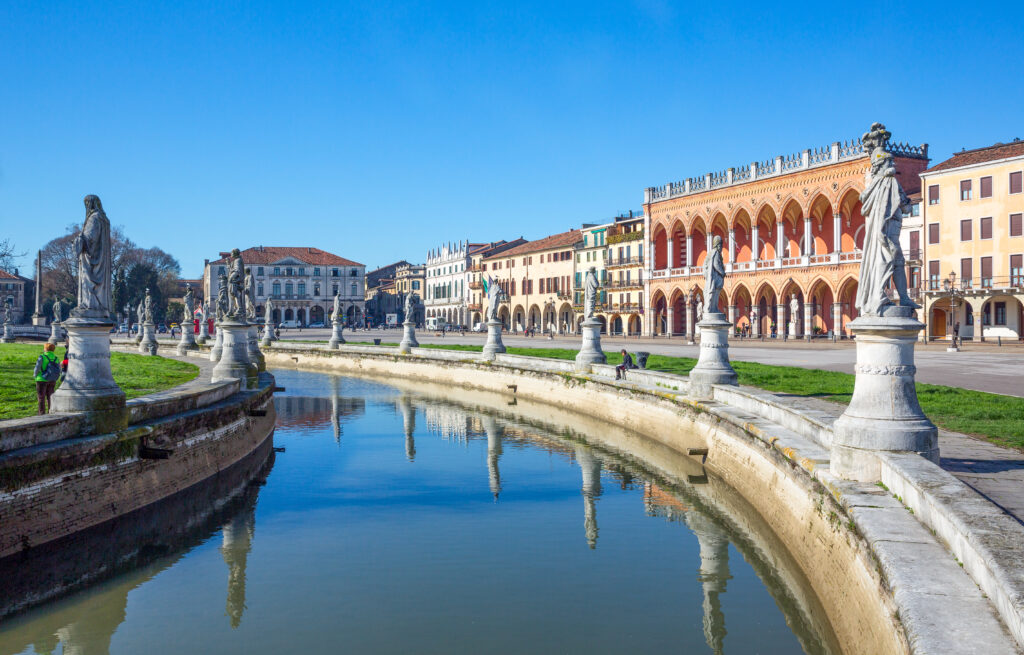
Padua, one of our must-visit Italian towns, also known as the city of Saint Anthony, has been located in the heart of the Venetian plain for over 3,000 years. In 1405, Padua became a possession of Venice, marking the beginning of a period of prosperity thanks to the silk and wool trade. It then became one of the major cultural and artistic centers of Italy and Europe. This period saw the erection of medieval walls and great religious and civil edifices such as the Piazza dei Signori and the Piazza delle Erbe, home to emblematic buildings such as the Palazzo della Ragione and the University (one of the first in Europe, founded in 1222), as well as the Basilica of St. Anthony (1232). Before falling under the control of Venice and taking on the form we know today.
1. Basilica di Sant'Antonio
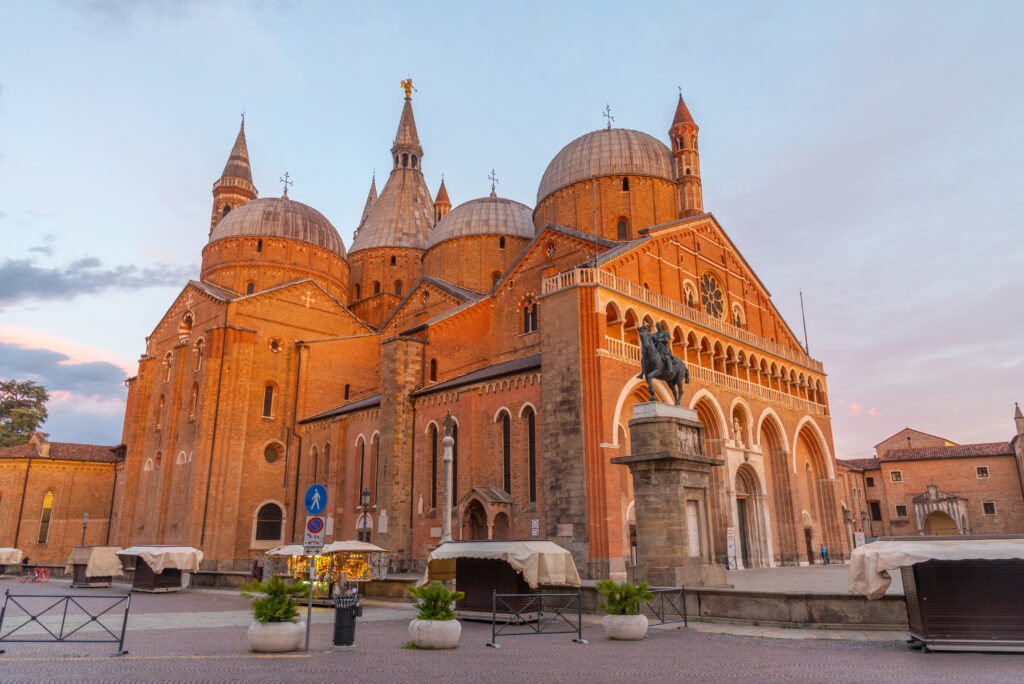
Padua, one of our top destinations to visit in May or July, remains closely linked to Anthony of Padua, one of Italy's most venerated saints. Nicknamed "Il Santo", he is considered the region's patron saint of children. The basilica dedicated to him, the Basilica di Sant'Antonio, is a must-see place of pilgrimage, characterized by its monumental, eclectic architecture, blending Romanesque, Byzantine and Gothic elements. It was built in the 13th century to house the relics of Saint Anthony after his canonization. Inside, the Baroque treasure chapel attracts the faithful who pay homage to the saint's tomb. A special chapel even contains his physical relics, testifying to the intense devotion of believers. Take time to admire the magnificent sculptures by Donatello adorning the high altar. Outside, don't miss the majestic statue of Le Gattamelata.
On vacation with the family? Explore Padua in a new and fun way with this app-guide, which will take you on a tour of the city to discover sites such as the Basilica di Sant'Antonio while solving riddles.
2. Cappella degli Scrovegni
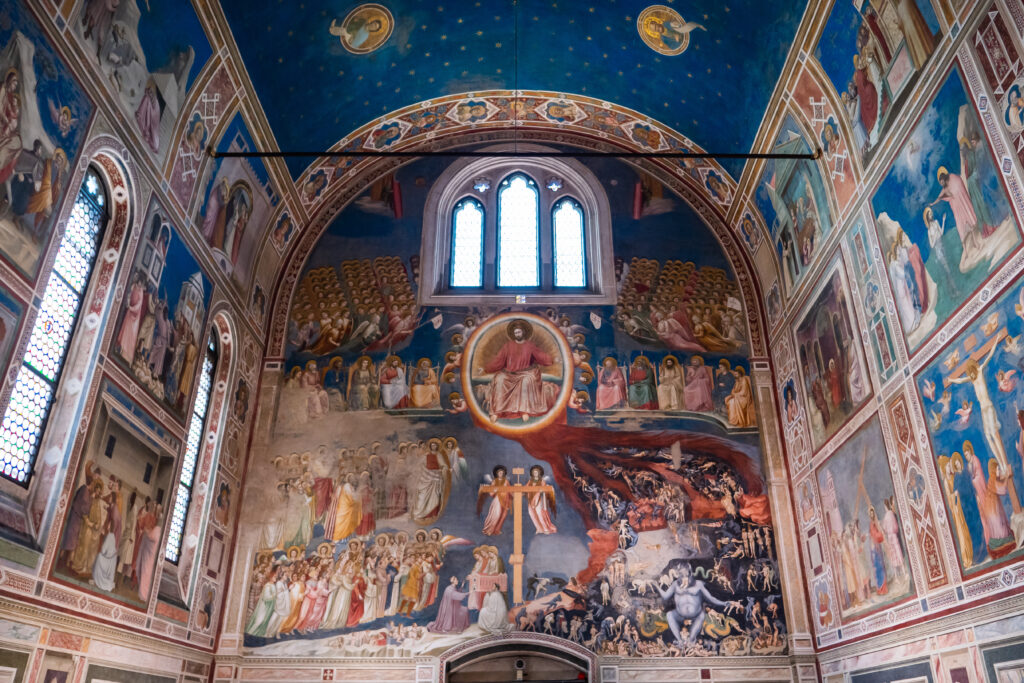
Padua is home to one of the most remarkable and innovative medieval masterpieces: the complete series of 36 panels painted by Giotto between 1303 and 1305 in the famous Cappella degli Scrovegni. These works tell the story of Mary and Christ, from their birth through the Redemption to the Last Judgment. Enrico Scrovegni, who commissioned these paintings, is buried in the sarcophagus at the back of the chapel. Giotto introduced revolutionary techniques that had a profound impact on Italian art, notably in terms of perspective, naturalistic detail and composition of scenes through the skilful use of landscape. A must-see!
Would you like to discover these works? Discover the architectural and artistic wonders of the bustling city of Padua on this private walking tour of famous squares and historic monuments with an experienced local guide.
Or opt for this Padua bus tour , with stops at the city's main attractions . You can get off at the scheduled stops and explore the sites at your own pace. And for those on a budget this self-guided audio tour of Padua is also an excellent option.
3. Padova Urbs Picta
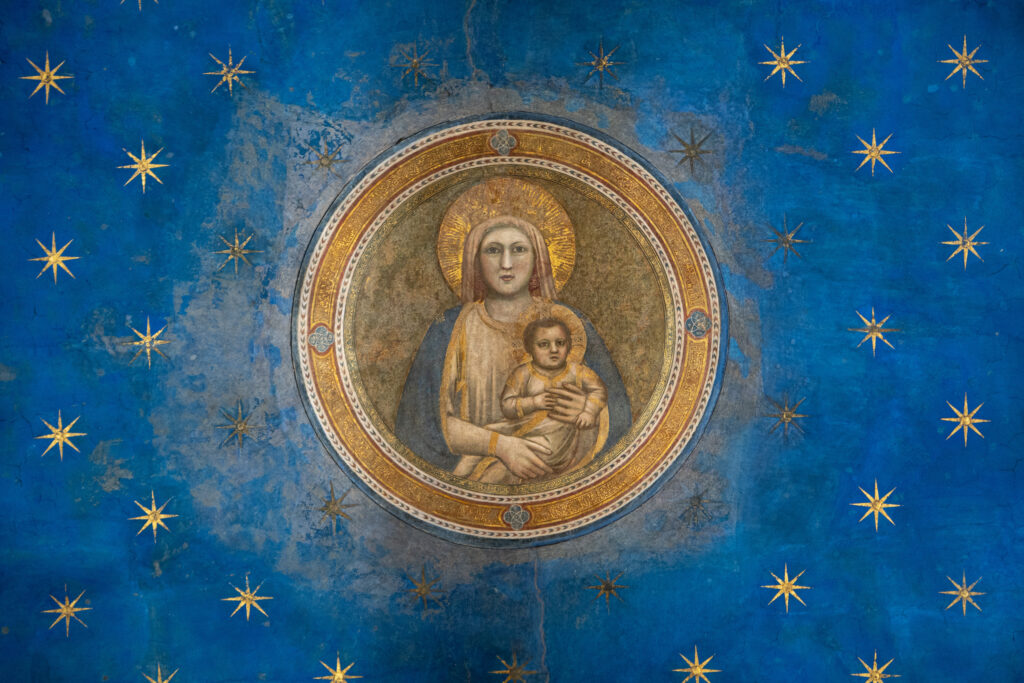
The 14th-century fresco cycles in Padua were declared a UNESCO World Heritage Site in 2021. These frescoes, of considerable artistic and historical importance, were created by the greatest painters of the time, including Giotto, Guariento di Arpo, Giusto de Menabuoi, Altichiero da Zevio, Jacopo Avanzi and Jacopo da Verona. They adorn eight buildings in the heart of the city. The art of the mural fresco is recognized as an element of universal value, thanks in particular to Giotto. His pictorial technique influenced subsequent generations, particularly during the Renaissance, with artists such as Michelangelo. All these murals, spread over several sites, are known as"Padova Urbs Picta", and constitute a unique artistic heritage. The eight sites are: the Cappella degli Scrovegni, the Chiesa dei Santi Filippo e Giacomo agli Eremitani, the Palazzo della Ragione, the Cappella della Reggia Carrarese, the Battistero della Cattedrale, the Basilica e convento del Santo, the Oratorio di San Giorgio, and the Oratorio di San Michele.
4. The Cathedral and the Battistero del Duomo
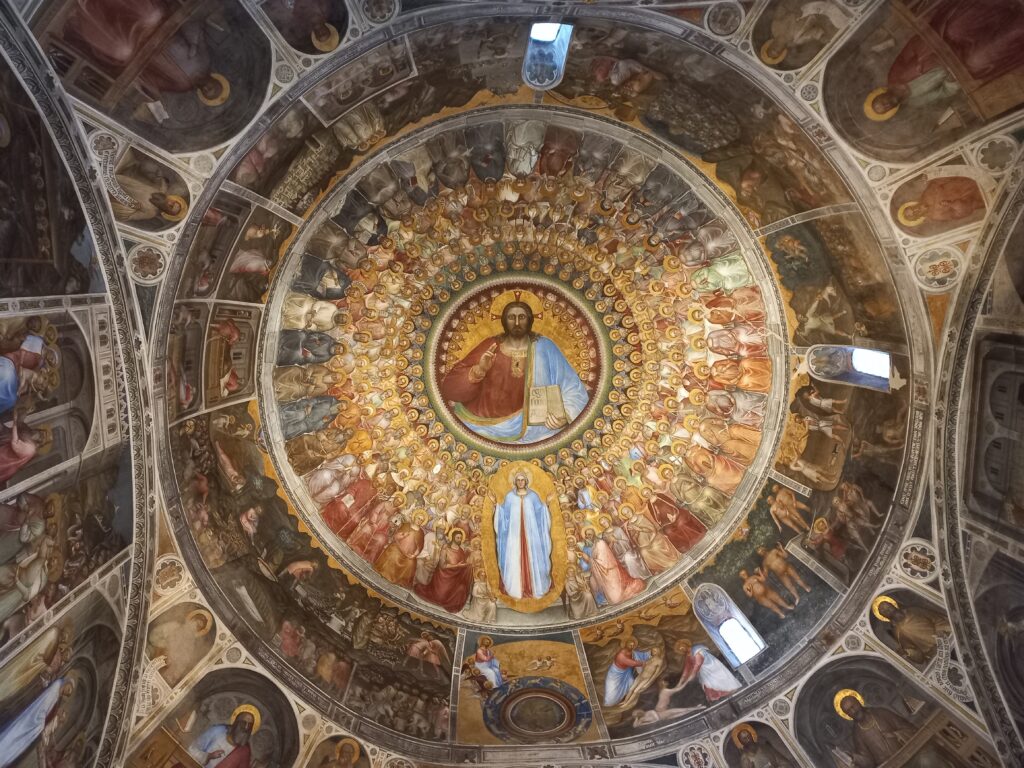
Although quite imposing, Padua's Latin cross cathedral can be visited fairly quickly. However, the baptistery, the battistero del Duomo, is well worth a visit. Built in the 12th century, it is entirely frescoed between 1375 and 1378 by Giusto de Menabuoi, a disciple of Giotto. Particular attention is drawn to the fresco that dominates the great dome, depicting Christ surrounded by angels, the centerpiece of one of the most complete series of 14th-century paintings in Italy. These frescoes depict various episodes from the Old and New Testaments. There are also depictions of many venerated Paduan saints. The apse of the baptistery also features some 40 illustrations. Finally, a visit to the site would not be complete without admiring the baptismal font dating from 1260, as well as the superb polyptych adorning the high altar.
5. The Orto Botanico garden
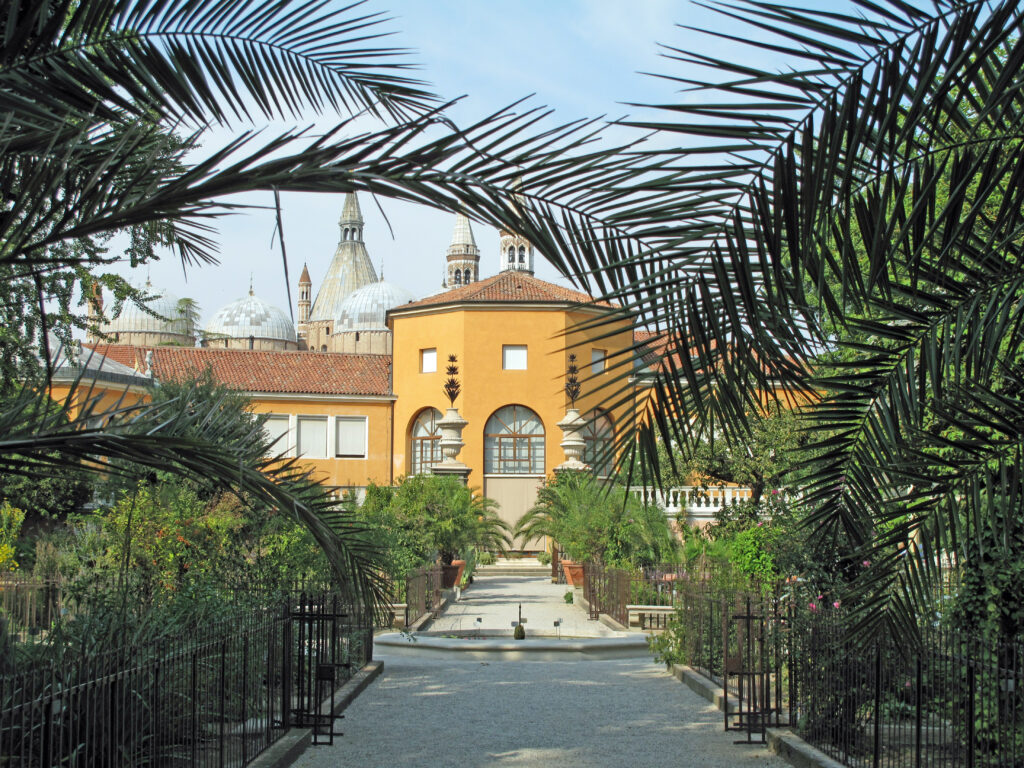
Founded in 1545 as the medicinal plant garden of the Faculty of Medicine, this university botanical garden is the oldest in Europe. The Orto botanico garden houses numerous rare plant specimens, an ancient library and the university's botanical collections. Listed as a UNESCO World Heritage Site, the garden also houses a state-of-the-art pavilion, known as the "Garden of Wonders", equipped with five greenhouses to recreate different plant atmospheres from around the world. Take a leisurely stroll through its paths... You're in for a real treat!
6. Palazzo della Ragione
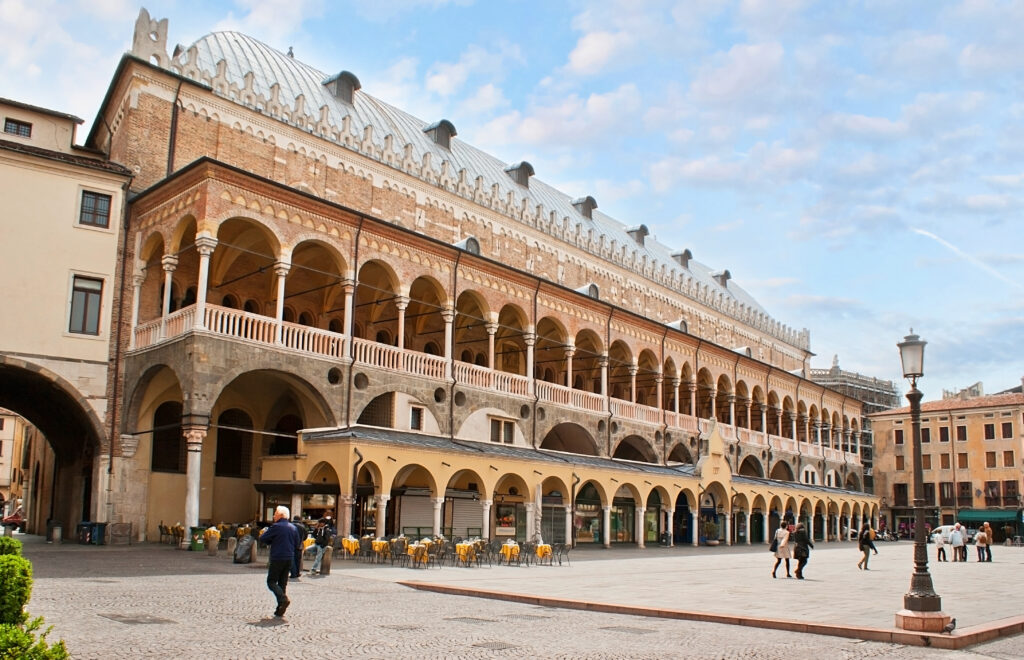
The Palazzo della Ragione is one of eight buildings in the heart of Padua's historic center that make up the 14th-century Cycles of Frescoes, a UNESCO World Heritage Site in 2021. Erected in 1218, this palace embodies the power and grandeur of the Padua commune. The palace's vast main hall, decorated with frescoes by Giotto in the early 14th century, is impressive. You can also admire an imposing wooden statue of a horse dating from 1446, as well as a reproduction of Foucault's pendulum from 2006.
7. Civici Eremitani Museum
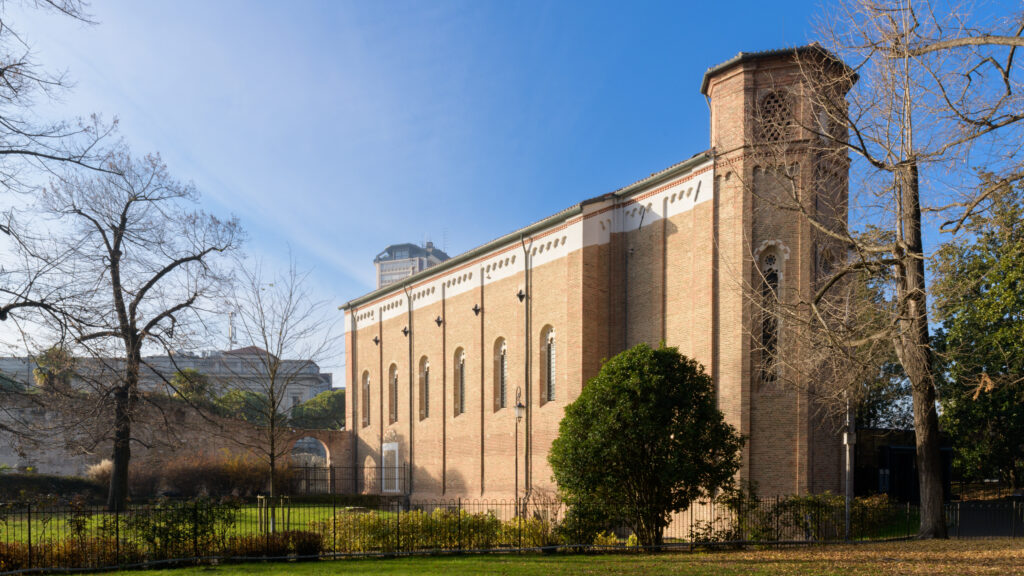
The city's collections are housed in the Civici Eremitani museum, the former convent of the hermits of Saint Augustine. The first floor is devoted to archaeology, while the second floor focuses on the Middle Ages. Among the 13th-century treasures on display are Giotto's Cross and the Guariento Tables. In addition, the Emo Capodilista collection features several paintings from the Venetian and Flemish schools, dating from the 16th to 18th centuries. A refurbished multimedia room, dedicated to Giotto's work in the Cappella degli Scrovegni, completes these collections.
8. The statue of Gattamelata
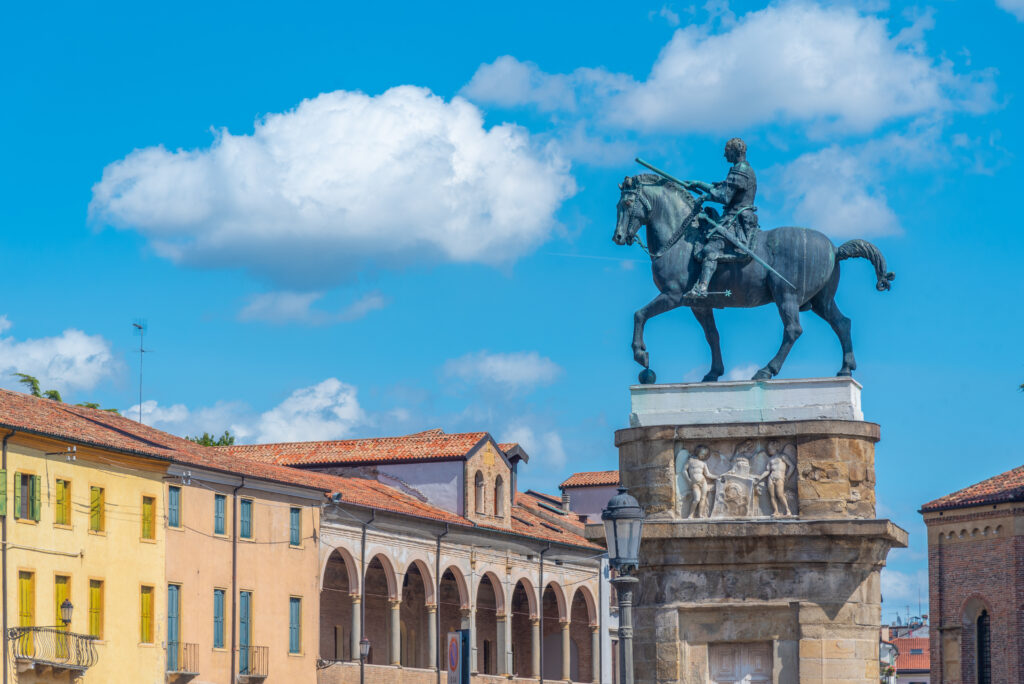
The imposing equestrian statue of Gattamelata, located on the eastern side of the square where the Basilica of St. Anthony stands, is a real eye-catcher. Erected between 1443 and 1452, it represents the condottiere Gattamelata, a mercenary who served under the Venetian Republic. In tribute to his services, the Serenissima commissioned the Florentine sculptor Donatello to create a monumental work in the heart of Padua. Donatello responded with enthusiasm and talent. Perched on its pedestal, the horse appears to be in dynamic motion, reinforcing its rider's image of valour.
9. The University of Padua
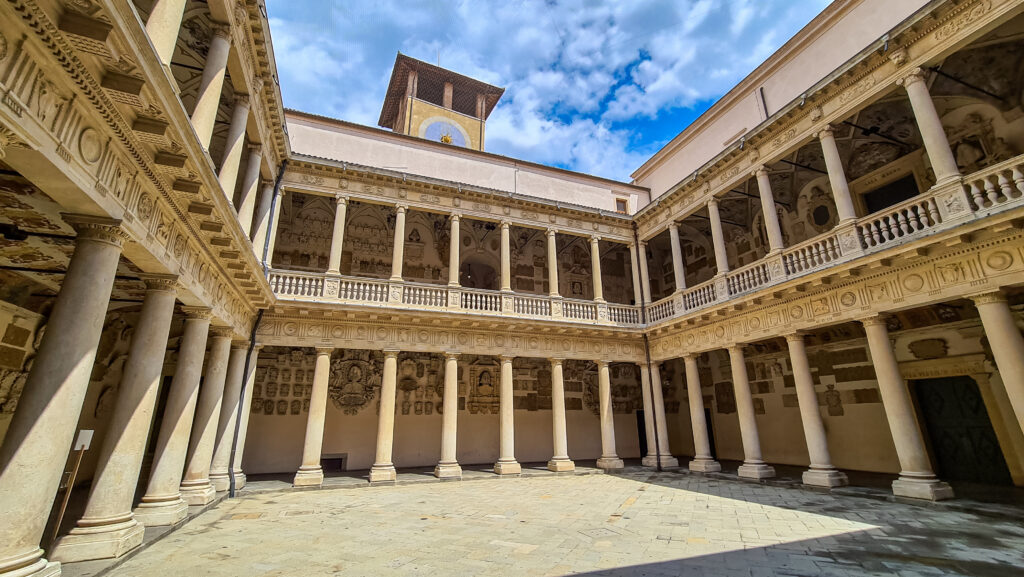
Since 1221, the University of Padua has been a bastion of human intellect. Founded by Bolognese scholars, it flourished under Venetian rule, benefiting from the Serenissima's exceptional climate of religious freedom and tolerance. Students flocked here from all over Europe. It was here that the greatest minds of their time, such as Copernicus, Dante and Galileo, found refuge. You can still contemplate the wooden pulpit where Galileo taught, but the Anatomical Theatre is undoubtedly the most spectacular attraction. Built in 1594, it was the world's first auditorium dedicated to the medical sciences. With no natural light, sessions were held at night, as a precaution, since such scientific experiments were frowned upon by the Church. This remarkable set-up helped medical progress until 1892!
10. Discover the Paduan hen
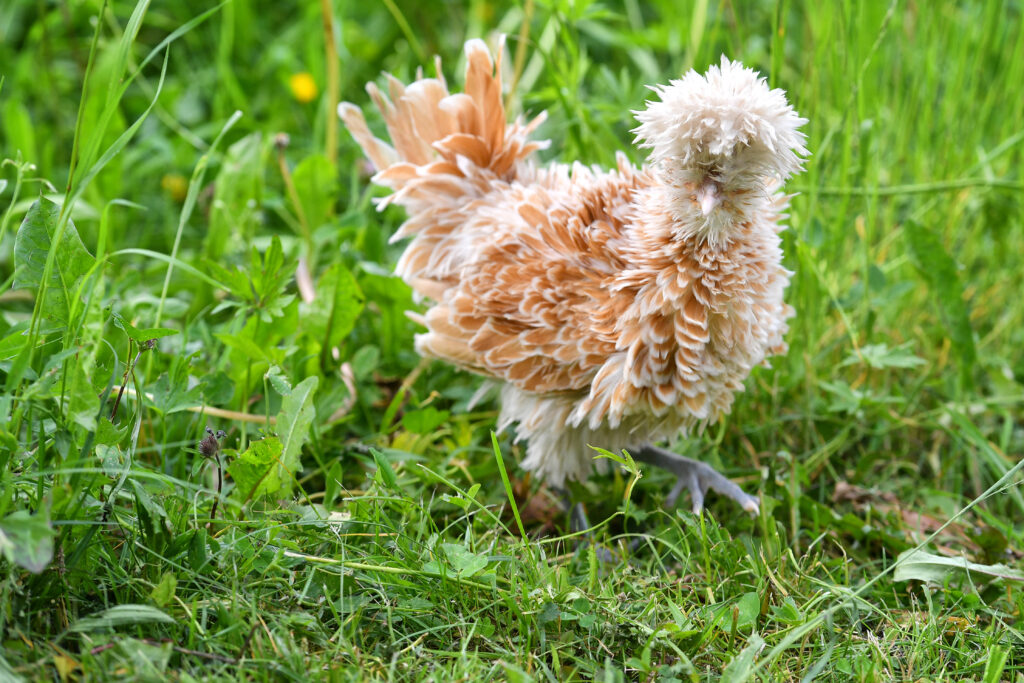
Cat, chrysanthemum, ostrich with a bad haircut? This breed of hen is sure to put a smile on your face if you happen to spot a few at the market or on a farm. Along with white asparagus, the Paduan hen is one of the region's culinary prides. A large tuft of long, lanceolate feathers opening out on its head suggests Central European or perhaps Asian origins. Galileo's Polish pupils are said to have brought it back as a token of thanks to the famous scientist. When it comes to gastronomy, it can be roasted, salted or boiled in Padua's finest restaurants.
11. Enjoy the local gastronomy
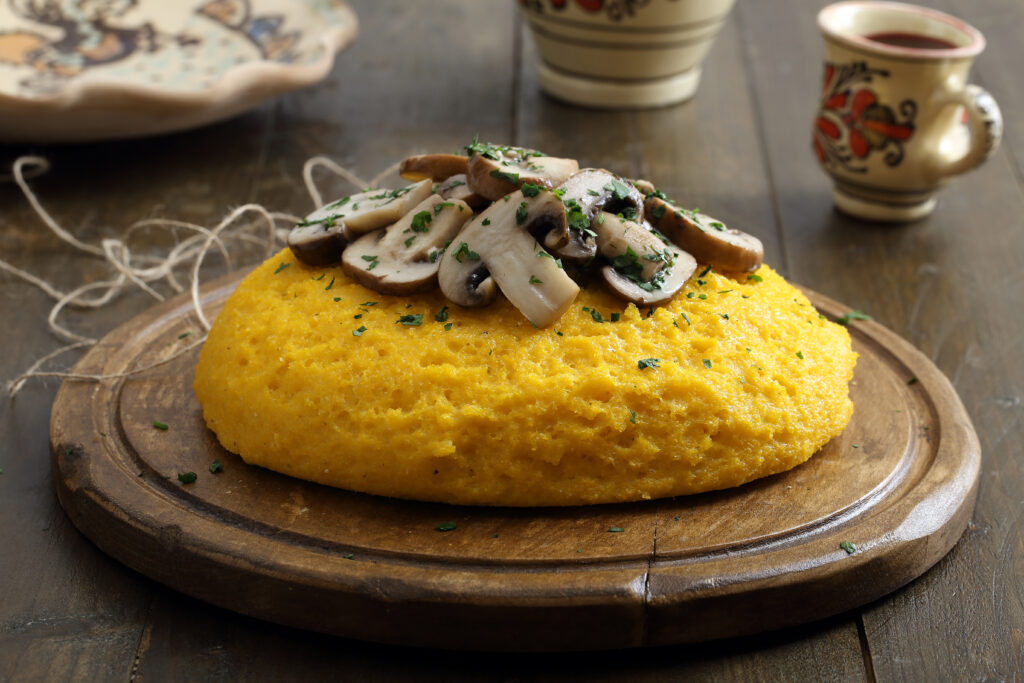
The Veneto region offers a rich diversity of products and flavors, thanks to its varied climate and picturesque landscapes, in addition to the must-try Italian culinary specialties. In Padua, as in the rest of the region, gastronomic delights include an abundance of freshwater and saltwater fish, the traditional use of polenta and the skilful use of spices and oriental-influenced products. During the medieval and Renaissance eras, Venice and the surrounding region was one of the most opulent cities in Europe, thanks in no small part to the lucrative spice trade. Hinterland towns such as Padua, Verona, Treviso and Vicenza also boast some fine culinary specialties. Enjoy your meal!
Where to stay in Padua?
The best place to stay in Padua, one of our top 10 destinations for a romantic weekend in Europe, is of course the city center, where you can organize your visits. If you want to party with the many students, head for the southern part of the center and the Santa Rita district. You can also pack your bags for the upmarket San Paolo district.
- The most arty: AL FAGIANO - ART HOTEL
It's hard not to fall for the charm of the Al Fagiano hotel, which you can book in justa few clicks here... Located in the old town, the hotel's rooms are uniquely personalized : sometimes passion red, sometimes life orange, sometimes dream blue, sometimes truth white. It's the perfect way to... to get your stay in Padua off to a good start!
- The most historic: PALAZZO MANTUA BENAVIDES
A princely palazzo just a stone's throw from the chapel degli Scrovegni and its frescoes. The rooms and suites you can book here retain their original character (furniture, fabrics, parquet floors, large bathrooms...). It's a beautiful address that invites you to take a trip back in time.
- The most charming: MAJESTIC TOSCANELLI
Located in Padua's old ghetto, in a quiet 19th-century square with a slightly retro feel, we recommend booking this 4-star hotelwith perfect facilities. The reputation of this historic address, which counts many regulars among its guests, is well established!
Book ahead below for the hottest things to do during your stay in Padua:
Tempted by our selection? Take a look at our airfares and book now!


